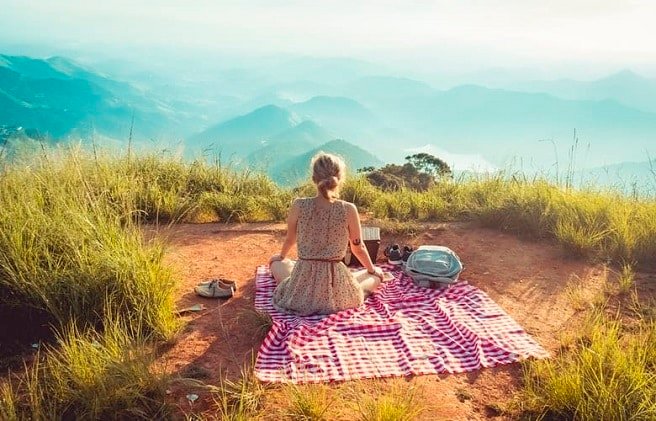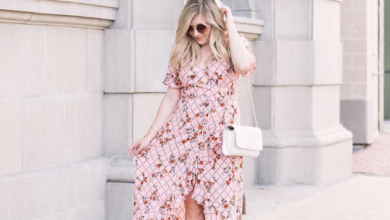Lifestyle Photography: Capturing the Essence of Everyday Moments

Lifestyle photography has become one of the most popular styles of photography in recent years. It goes beyond the realm of traditional posed photos, focusing instead on real-life andisearch moments, emotions, and natural beauty. Whether it’s a family gathering, an intimate couple’s session, or a travel adventure, lifestyle photography aims to tell a story and showcase the authentic moments that make life special.
In this comprehensive guide, we’ll explore everything you need to know about including its history, key techniques, and how you can incorporate it into your own photography practice.
Introduction to Lifestyle Photography
Lifestyle photography is a style of photography that aims to capture real-life situations in an artistic and candid way. Rather than focusing on stiff poses or studio backdrops, photography brings out the natural beauty of everyday moments. The goal is to create authentic images that tell a story, evoke emotions, and showcase the raw, unfiltered aspects of life.
This style of photography has become increasingly popular in recent years because of its relatability and warmth. It’s often used for family portraits, weddings, engagements, travel, and branding, making it a versatile choice for many different types of photography sessions.
The History and Evolution of Lifestyle Photography
The concept of capturing life in its natural form is not new. Early forms of lifestyle photography can be traced back to photojournalism, where photographers sought to document the realities of war, social issues, and everyday life. However, the shift toward as an art form began to take shape in the mid-20th century.
In the 1960s and 1970s, photographers like Diane Arbus and Mary Ellen Mark started to document the lives of ordinary people, capturing both the mundane and the extraordinary. These photographers aimed to tell a story through their images, often focusing on social issues or cultural moments.
The rise of digital photography in the early 2000s, along with the popularity of social media platforms like Instagram, helped evolve into the genre we know today. The increasing demand for authentic, unposed content on social media played a major role in popularizing lifestyle photography in commercial, personal, and professional spaces.
Characteristics of Lifestyle Photography
Lifestyle photography isn’t just about taking pictures—it’s about telling a story. Here are the key characteristics that make this style stand out:
Natural Lighting and Environment
One of the main elements that distinguishes lifestyle photography from other types of photography is its use of natural light. Rather than using artificial studio lighting, lifestyle photographers tend to shoot in real-world settings, such as homes, outdoor environments, or public spaces. This brings an organic feel to the photographs.
The location or environment also plays a key role in lifestyle photography. Whether it’s a cozy family living room or a beach at sunset, the setting helps to create context and enhance the story behind the image. The idea is to keep the scene as natural as possible, avoiding distractions and focusing on the genuine moments unfolding.
Authenticity and Emotion
Lifestyle photography is deeply rooted in authenticity. The goal is to capture real, unscripted emotions, whether it’s the joy of a child playing or the intimate connection between a couple. These moments are often fleeting, but they represent the true essence of life—what’s beautiful is the raw, unrefined moments.
Unlike posed photos, which can sometimes feel staged, focuses on genuine expressions and interactions. The photographer’s job is to remain unobtrusive, allowing the subjects to act naturally while still capturing the beauty of the moment.
Candid Shots vs. Posed Shots
In lifestyle photography, candid shots dominate the style. These are unposed, spontaneous moments where subjects are often unaware of the camera. These candid moments help convey a sense of realism and connection in the images.
However, there’s also room for posed shots in lifestyle photography. The difference is that in photography, even posed shots tend to feel relaxed and less stiff. Poses should appear natural, as if the subject were simply caught in a moment of contemplation or action.
The Role of a Lifestyle Photographer
A lifestyle photographer is not just someone who takes pictures—they are a storyteller. The role involves more than just technical skill; it requires a deep understanding of people, emotions, and the environment. The lifestyle photographer must blend into the scene, capturing moments without disrupting the natural flow.
The photographer must be adept at reading the situation and knowing when to step back and when to intervene. They must also have a keen eye for detail, as the beauty in lifestyle photography often lies in the little things—the way light falls, the texture of the surroundings, or the expressions that capture an emotional moment.
Moreover, lifestyle photographers are often skilled in post-processing and editing, ensuring that the final product enhances the natural beauty of the moment.
The Best Equipment for Lifestyle Photography
While lifestyle photography is more about capturing moments than relying on expensive equipment, the right gear can make a significant difference in the final outcome. Here are some essential pieces of equipment for lifestyle photographers:
| Equipment | Purpose |
|---|---|
| Camera Body | A DSLR or mirrorless camera with good low-light performance is ideal for lifestyle shots. Popular models include Canon EOS R5 or Sony Alpha A7III. |
| Lenses | A wide aperture lens (e.g., 50mm f/1.8 or 24-70mm f/2.8) will help achieve a shallow depth of field and allow you to shoot in low light conditions. |
| Tripod | Useful for steady shots, especially in low light or when shooting family portraits. |
| External Flash | While lifestyle photography often relies on natural light, an external flash can be helpful for filling in shadows when necessary. |
| Reflector | Reflectors help bounce natural light and illuminate subjects, giving your images a soft, flattering glow. |
Tips for Capturing Stunning Lifestyle Shots
To master lifestyle photography, it’s essential to keep a few tips and techniques in mind. Here’s how you can improve your skills:
Find the Right Location
The location is everything in photography. Look for environments that tell a story, whether it’s a cozy home, a bustling street, or a serene nature setting. The location should complement the mood and theme you wish to convey.
Work with Natural Light
Always strive to use natural light as much as possible. Golden hour, which occurs just after sunrise or before sunset, offers soft, warm light that’s perfect for lifestyle shots. Avoid harsh midday sun, as it can cast unflattering shadows. If you’re shooting indoors, position your subjects near windows or light-filled spaces.
Focus on Details and Emotions
Lifestyle photography is all about emotion, so focus on the subtle details that tell a story—like a child’s laughter, a couple’s hand-holding, or a quiet moment of reflection. These details bring life to the images and make them feel real and relatable.
Use Composition to Tell a Story
Composition is key in photography. Use techniques like the rule of thirds, leading lines, and framing to guide the viewer’s eye and enhance the storytelling aspect of your shots. Keep an eye out for interesting backgrounds and textures that can add depth to your images.
Lifestyle Photography for Different Occasions
Lifestyle photography can be applied to a wide variety of subjects and events. Here are some common occasions where shines:
Family and Children
Capturing the love and connection between family members is one of the most popular subjects of photography. Family photo sessions often focus on everyday moments, such as parents interacting with their children, siblings playing together, or a simple moment of affection.
Couples and Engagements
Lifestyle photography is a great choice for couples and engagement photos. It allows the photographer to capture real, candid moments that reflect the couple’s personality and relationship. Whether it’s a quiet walk on the beach or a spontaneous moment at home,photography highlights the intimate connection between the couple.
Travel and Adventure
For travel bloggers and adventurers, captures the essence of exploration. From hiking in the mountains to strolling through a foreign city, lifestyle photos help convey the excitement and beauty of travel experiences.
Business and Branding
Lifestyle photography is also used in business and personal branding to showcase a brand’s values and connect with customers on a human level. Businesses often use lifestyle photos to portray their products in real-life contexts,

